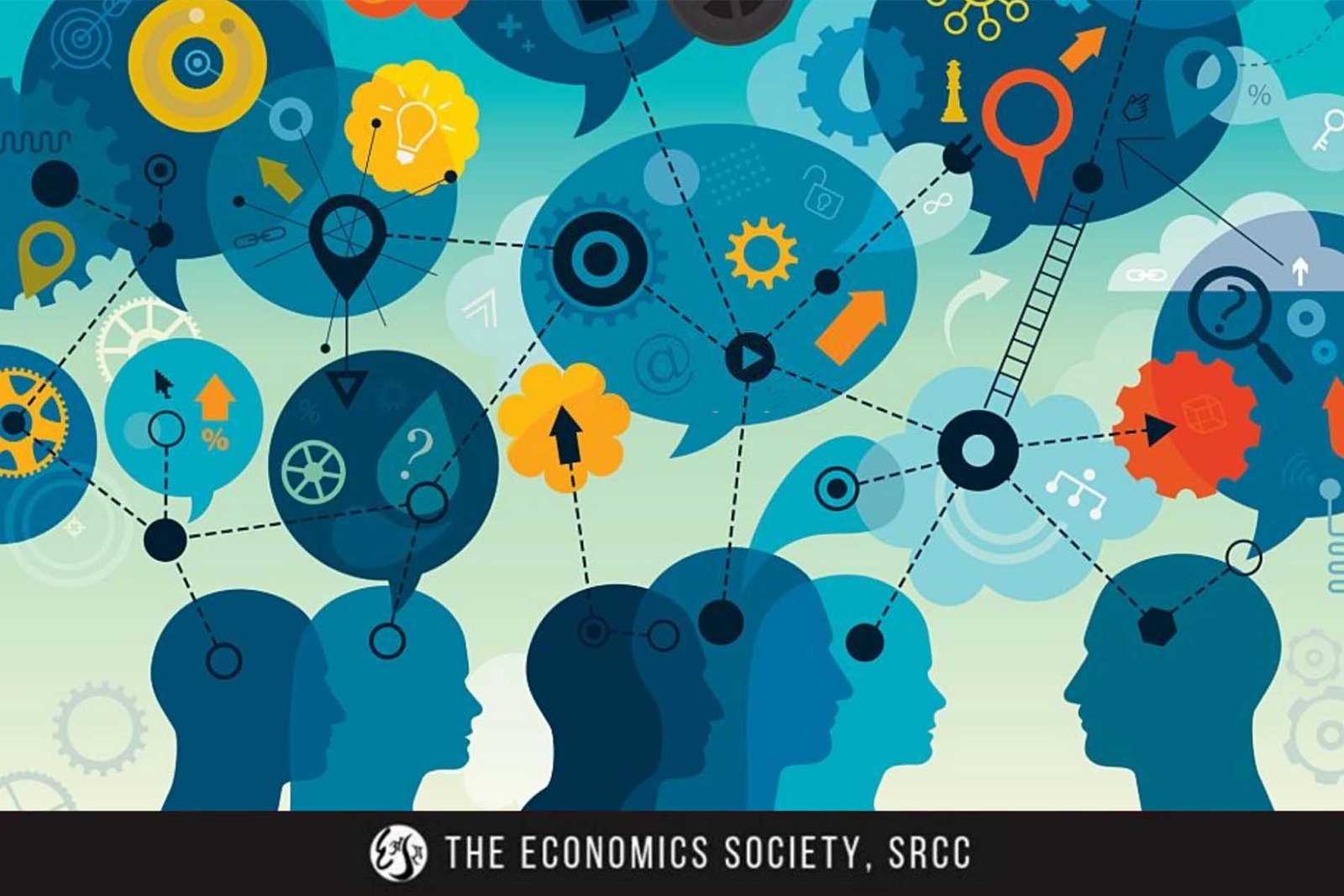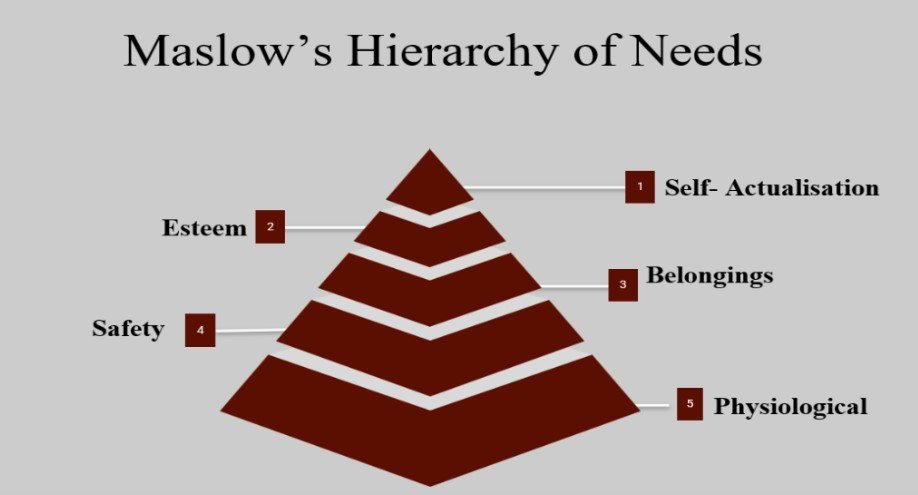In 2002, Daniel Kahneman was awarded the Nobel Prize in Economics for integrating “insights from psychology into economics, thereby laying the foundation for a new field of research.” Kahneman along with his colleague Amos Tversky drew insights from cognitive psychology to illustrate that more often than not intrinsic human instincts tends to deviate from established economic theories. By integrating two major fields of social sciences, both men inspired a generation to pursue this new branch of Economics, called ‘Behavioral Economics’. Dan Ariely, in the true spirit of his fellow Israelis- Kahneman and Tversky- gives a brief and thought-provoking introduction to Behavioral Economics through his book, ‘Predictably Irrational’’. Apart from serving as an introduction to the field of Behavioral Economics, Predictably Irrational just wants to help you.
In identifying your shortcomings as a consumer, and a human being. In making informed and intelligent choices. In trying to formulate policies that take into account the wiring of the people, it’s affecting. In reaching a moral high ground by controlling your emotions. In being aware of the world and ourselves. In trying to minimize procrastination. In trying to maximize satisfaction. At the heart of the book lies Ariely’s contention with one of theoretical economics’ most used (and abused) economic principle; the Rational Choice Theory, which states that individuals in the market are rational. The rationality here implies that individuals tend to make objective and logical choices to maximize their utility. Through the thirteen chapters of the book, Ariely highlights the discrepancies in the Rational Choice Theory and establishes how most consumer choices are irrational. He further comments that not only is consumer behavior irrational, it is systematic and is altered by both our physiology as well as our psychology. He thus arrives at the conclusion that this irrationality is also predictable.
Throughout the book, instead of relying on theory or history, Ariely reaches his conclusions through empirical research. This data includes surveys, tests and social experiments conducted on participants ranging from kids that arrived on Ariely’s door at Halloween (to explain ‘Zero Price Effect’ or how the mere mention of ‘Free!’ heightens our excitement and leads to irrational choices) to unassuming patrons at pubs (to demonstrate that being part of a group can make us forget personal profits and either makes us conform, as in the case of Eastern cultures, or crave for uniqueness, a phenomenon prevalent in the West). Most of the experiments, though, are conducted on college students from institutions like, but not limited to, Massachusetts Institute of Technology, UC Berkeley, Duke University and Harvard Business School. Call it the ‘primacy effect’ or just the relevance of the subject, but the first chapter of the book shines the brightest and remained with me the longest.
Ariely draws on the human tendency to shy away from absolute terms and to draw conclusions based on relative terms. This relativity, he explains is often contextual. It is also the reason behind marketers exploiting the consumer’s mind and for people incurring continued losses. For example, when given the choice between three subscription packages for the Economist, a cheap web one (59$), an expensive print one (125$), and one with both the print and web access, priced at the same rate as the print one (125$), 84% of MIT students chose the third option, 16% chose the first one and there were no takers for the second one. This is because, the second option acts as a decoy here so that in the larger context, the third option seems relatively economical. But when the students were given only the 1st and 3rd options, a whopping 68% chose the web only subscription and the remaining 32% chose the combo. As the decoy exits the given frame, our mind starts thinking rationally and openly again and thus comes to the conclusion that the former subscription will be the most cost effective.
In this example, the real choice is between the web offer, say option A and the combo offer, say option B. The decoy acts as a mutation or slightly inferior version of option B, thus can be called option B-. In the presence of a B-, to our mind B seems of more value and thus becomes our choice. In the same way, Ariely explains, is how one also chooses who to date. Say, for example, you are in a group of people who are slightly worse looking than you (say a, “you-“), in this context to a potential date’s mind your friends will act as the decoys that increase your value and thus increase the chances of you getting extra attention. Another kind of relative thinking that shapes our choices arises from the focus — broad or narrow — that we set for our choices. For example, what would you do if you find a pen at a store for 25$ and right before the payment find out that a similar pen is available for 18$, just 15 minutes away? Most people faced with the dilemma take the trip to save the 7$. Now consider this: what would you do if you find a luxurious grey suit for 455$ but are again told about a similar one available just 15 minutes away, for 448$? In this case, most people said that they wouldn’t take the trip.
Even though the value of the 7$ does not change in either of the cases, what changes is the context. As compared to 25$, 7$ seems like a big amount but in relation to 455$, the mind easily forgoes the extra 7$. Through such every day, attention-grabbing examples, Ariely manages to explain many of the ‘irrationalities’. Through the concept of imprinting (in economics- anchoring, in psychology- conditioning), he also stresses the idea of ‘arbitrary coherence’. The concept revolves around the establishment of a set of ‘arbitrary’ prices in our head, which through our further experiences shape future prices, and thus become ‘coherent’. For example, in an experiment that Ariely conducted with Drazen Prelec, students were asked to write down the last two digits of their social security numbers. When the students had done as instructed, they were asked whether they thought that this number could affect any of their decisions and they all answered in the negative. Sometime later, the students were asked to bid on a bottle of wine, and then bid on a much better bottle of wine.
Observations showed that the random social security numbers that seemed arbitrary, created an anchor in the students’ mind, as students whose social security numbers ended with small number bid low and students with high ending social security number bid high and thus became coherent. Further, it was also noted that when students bid for the second bottle of wine, the original anchor remained as the first group still bid low and the second group bid high. Thus proving that we subconsciously form anchors that affect our choices in the market. These anchors shift based on external factors depending on the sellers, mainly the marketing of the product. Consumers often buy into the façade of the superiority of a product and forego their past anchors to satisfy their need. Ariely focuses on such fallacies of our mental wiring that makes us susceptible to irrationality. He addresses social issues like procrastination, dishonesty, the effect of motivation and expectations and economic ones like how ownership of an asset can affect the way we perceive objects and how much price works as a placebo in terms of enhancing a product’s efficacy. Another interesting concept that is discussed in the book is how our emotions take precedence in all our decisions.
So though economists may claim a ceteris paribus, our emotions cannot help but intervene. This principle is explained through an experiment where Ariely, along with George Leowenstein, studied the decision making of heterosexual, male college graduates under sexual arousal. In the first phase of the experiment, the participants were asked to predict their responses to a series of situations, moral or sexual, if they had been aroused. While making their predictions, the participants were sober. In the second phase, the participants were to repeat the process of prediction except one factor had changed. They were now in a state of arousal as they were asked to answer the questions when they were sexually stimulated. The results of the experiment were frightening. Whilst in a cold, rational, super-ego driven state, the participants respected women and took the moral high ground, predicting that they would not try and breach a woman’s sexual consent and would partake in only safe sex. They had high expectations of themselves and thought that they understood their behavior completely. But as Ariely explains, “prevention, protection, conservatism, and morality disappeared completely from the radar screen,” in the second set of responses.
Their propensity to engage in immoral activities and unsafe sex increased and their predictions of their own behavior in an aroused state were off by a mile. The proverbial Mr. Hyde inside the participants’ timid Dr. Jekyll had taken control and provided the basis for understanding to a large extent, society’s problems like teen pregnancy, the spread of STDs, and sexual assault. This analysis is further applied in market situations where all consumer decisions are influenced by our emotions (for example, people from the LGBT community boycotting a particular brand because it’s CEO is homophobic) and also in the case of policy making, where politicians policies are dependent more on the citizens’ emotions than the actual economic conditions. While the strength of the book lies in the unique experiments and the simplicity of the language, its biggest drawback lies on a discontinuity of content and the preachy suggestions to combat irrationality. A few chapters stand out, but most of the content seems like filler and feels isolated in the book. Further, the suggestions that Ariely gives to counter our irrationality seem misplaced in the practical world also too pro-government intervention.
Instead of giving ways to understand our mind and change our preconceived notions and biases, he opts for a government powered moral policing approach. He advocates for the government to “play a larger role in regulating some market activities, even if this limits free enterprise” and to “restrain our self-destructive behaviors”. While in a utopian world this totalitarianism may work, but it counters one of the observations Ariely put himself; such moves will spark only negative emotions in citizens’ minds and make them rebel which will result in further chaos. To conclude, ‘Predictably Irrational’ reads partly as an homage to the human mind and its many ludicrous functions. And partly, as a critique to the way Economic theory chooses to ignore this fact and continues to assume man to be rational. Thus he states his views and contentions in the book, not too different than the Bard when he questioned the hype behind man: ‘What a piece of work is a man! How noble in reason, how infinite in faculty! In form and moving how express and admirable! In action how like an angel, in apprehension how like a god! The beauty of the world. The paragon of animals. And yet, to me, what is this quintessence of dust?’
By Shireen Kaul.




